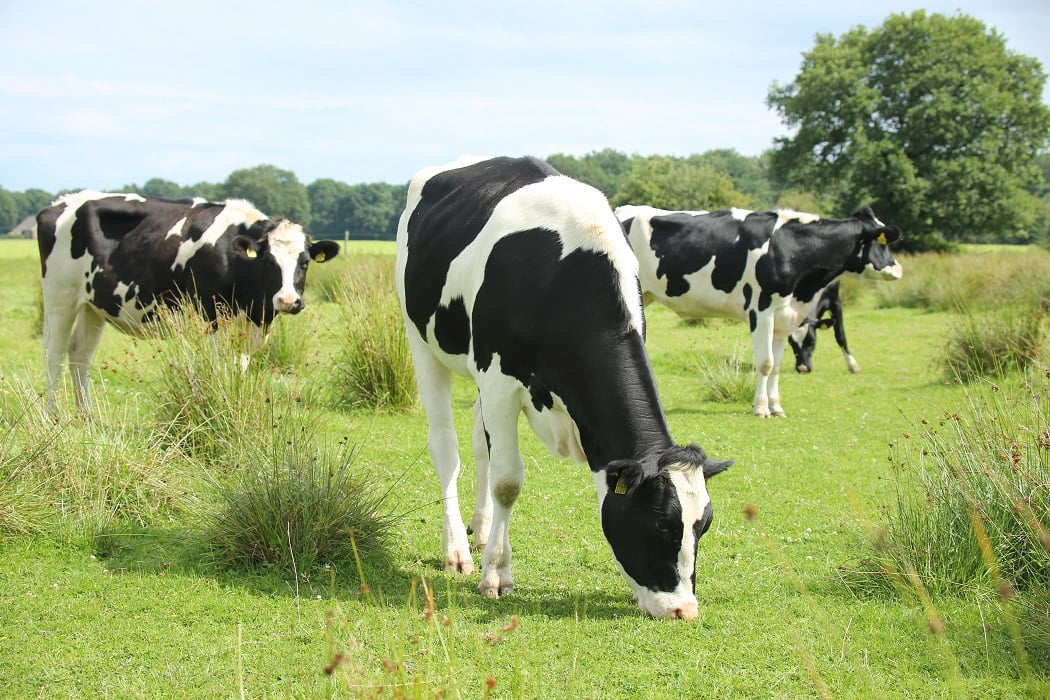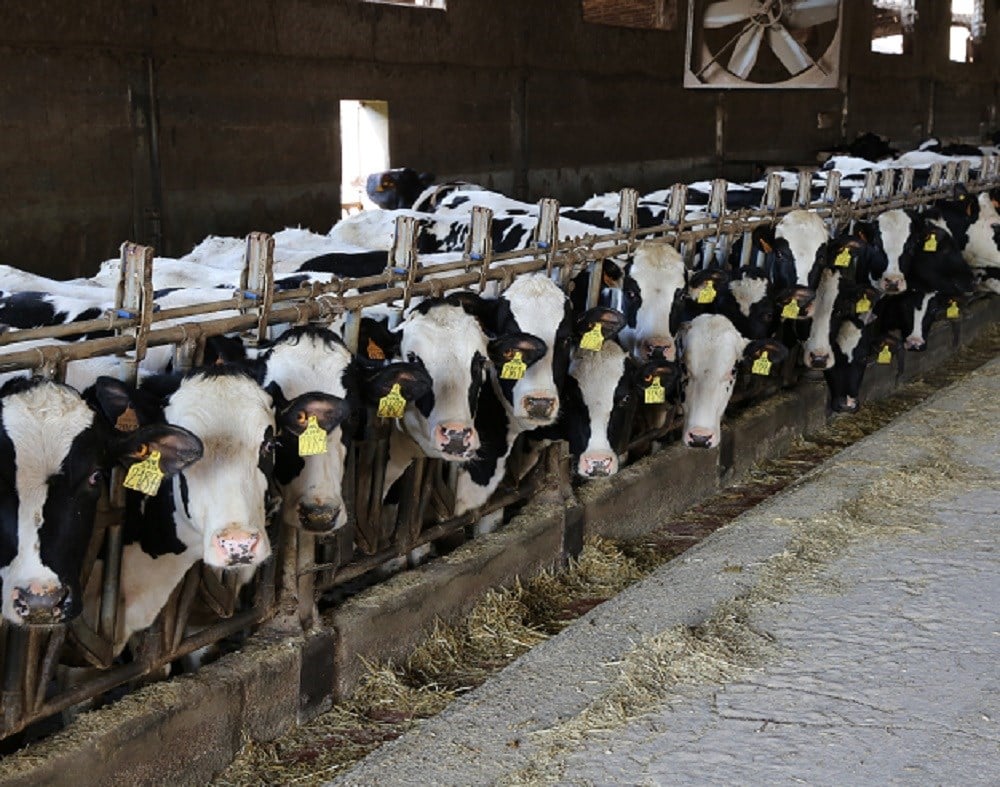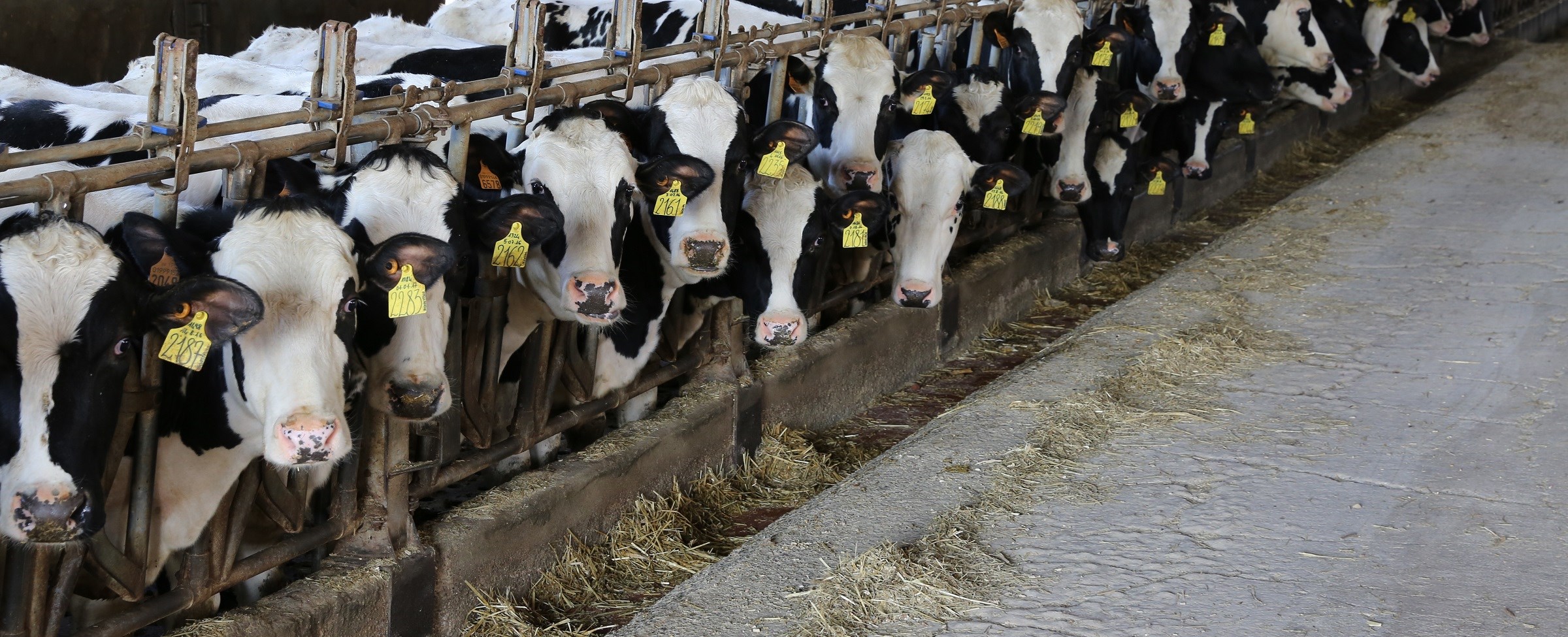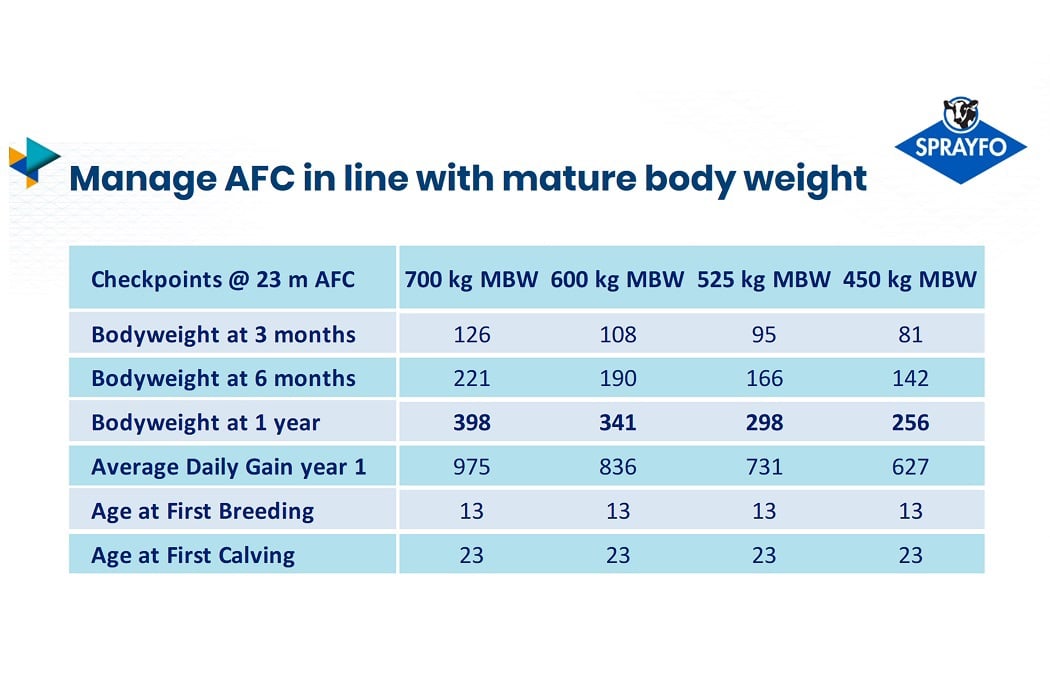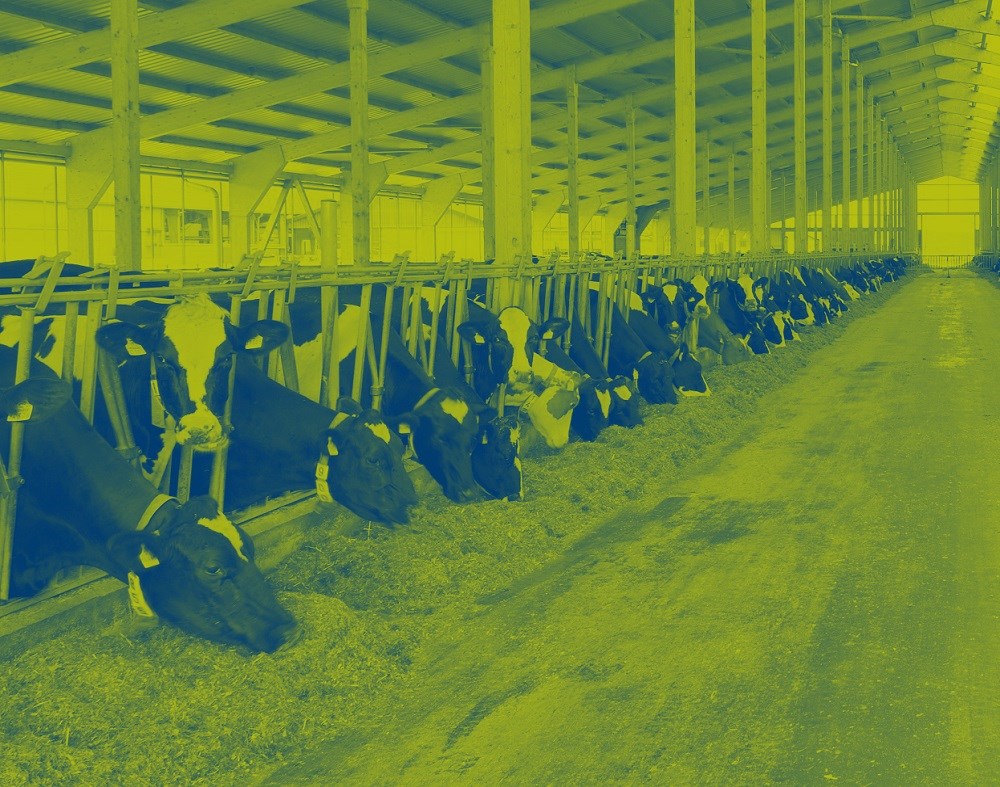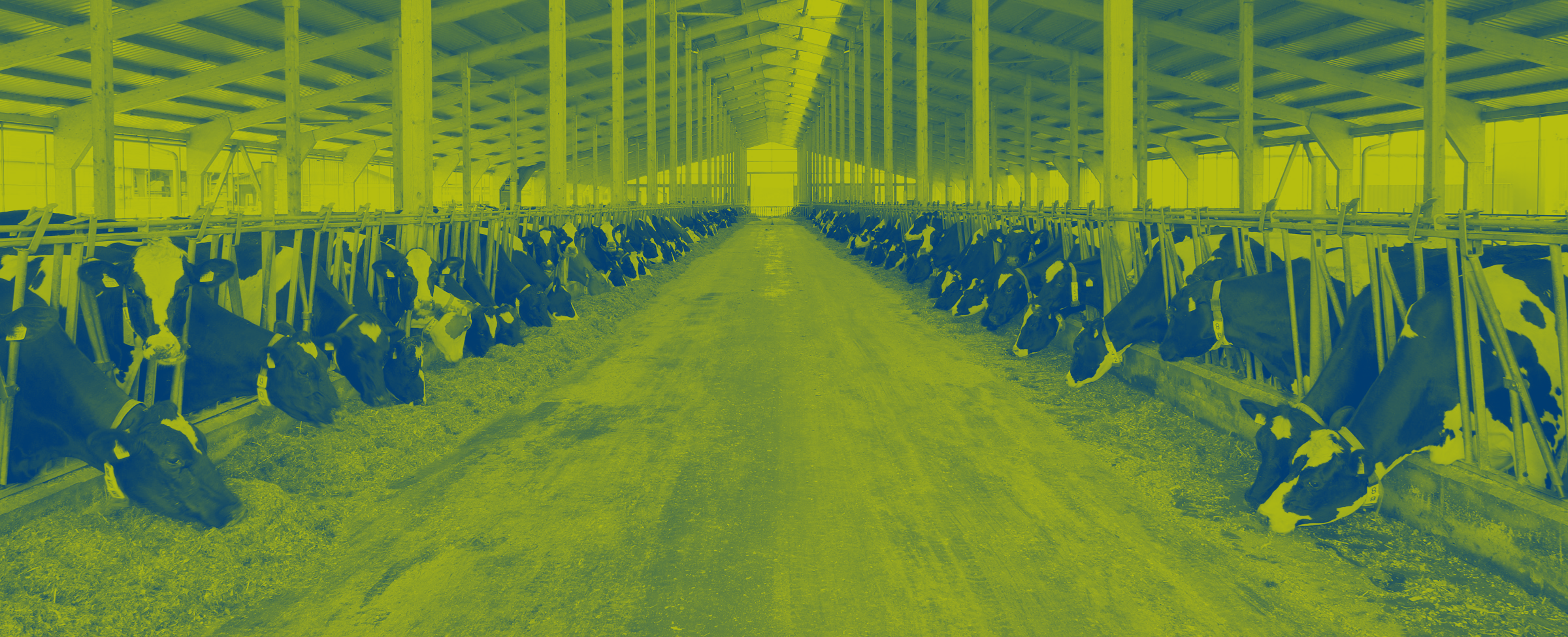A balanced heifer diet supports proper growth
Most farmers feed according to a well-designed plan from the first days of a heifer’s life up to the first few weeks after weaning and carefully monitor the results. However, once the calf reaches five months of age and successfully transitions to a diet including forage, there is a tendency to feed them what is readily available, sometimes without a clear view on the calf’s needs, and stop monitoring growth and development in a systematic way. But maintaining a balanced diet – particularly containing enough crude protein – after reaching the age of 9-10 months is essential to ensuring sufficient growth without excessive fat deposition.
